

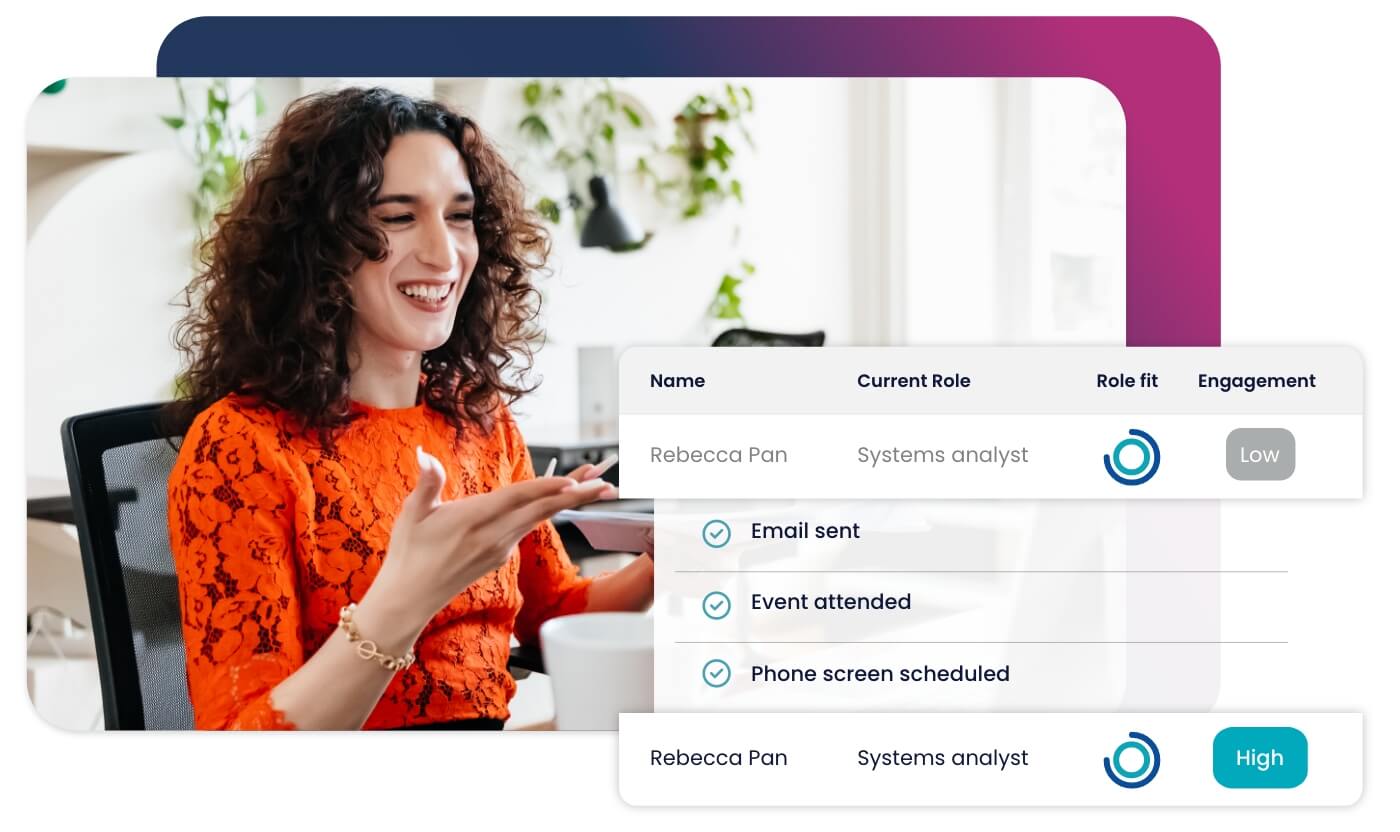
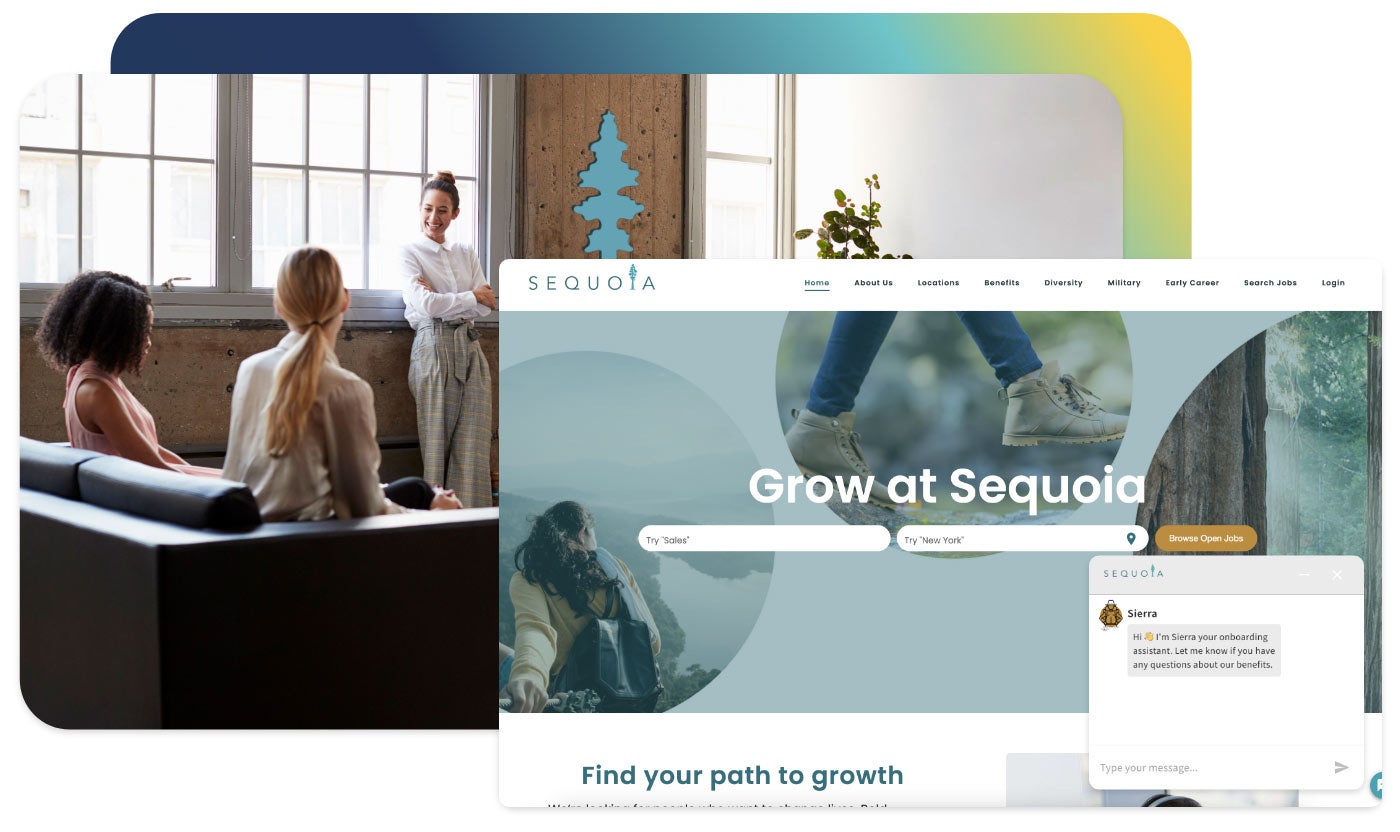


Accelerate hiring key talent to deliver care and exceed patient satisfaction.

Attract skilled candidates, speed up hiring and grow expertise in your workforce.

Simplify recruiting finance and banking talent with a platform for hard-to-fill roles.


Build a talent pipeline that engages and drives your business forward.


See how diverse and global enterprises use iCIMS to employ millions, drive innovation and connect communities worldwide.
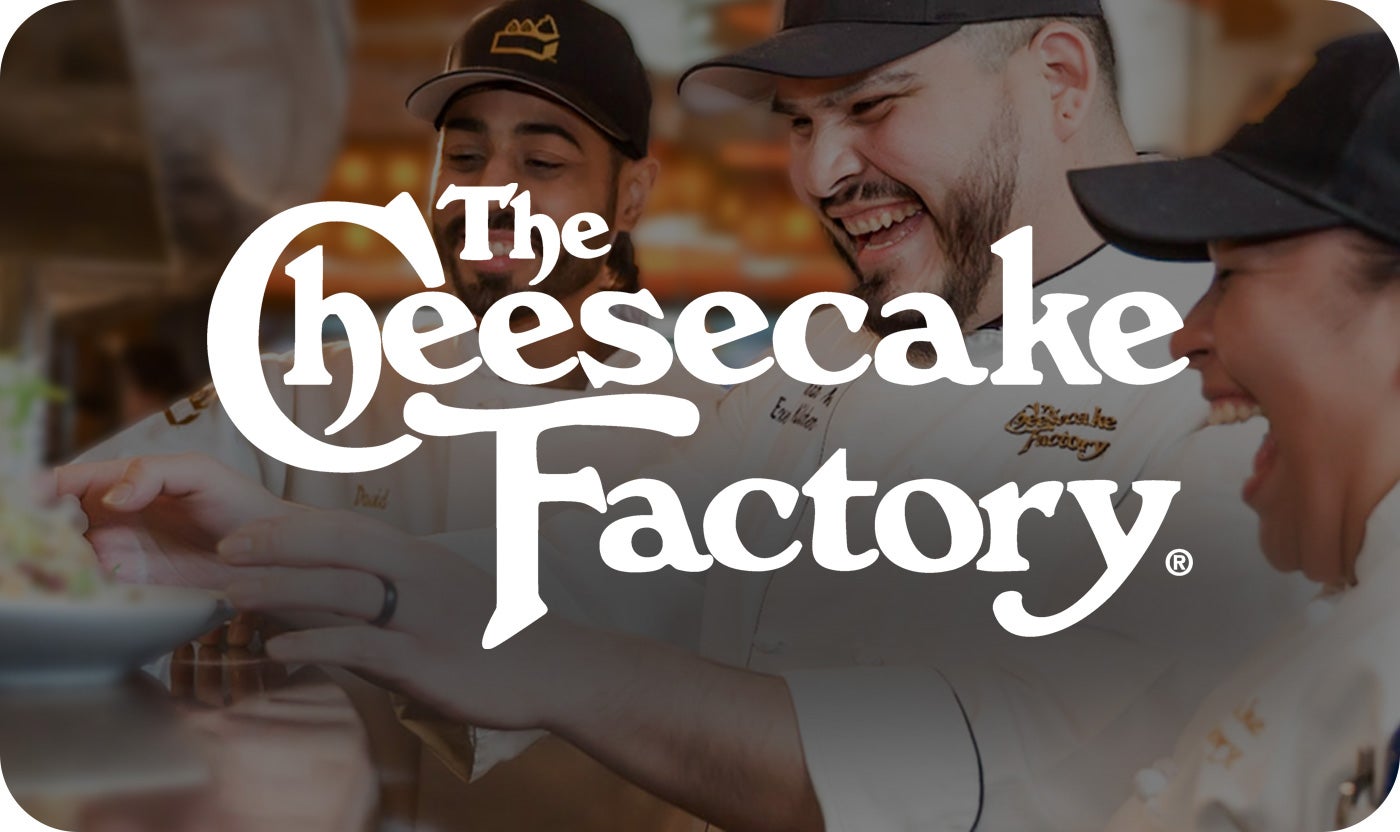
Learn how a beloved restaurant hires 40,000+ annually with a great candidate experience.
Uncover unique market insights, explore best practices and gain access to talent experts across our library of content.


View press releases, media coverage, the latest hiring data and see what analysts are saying about iCIMS.

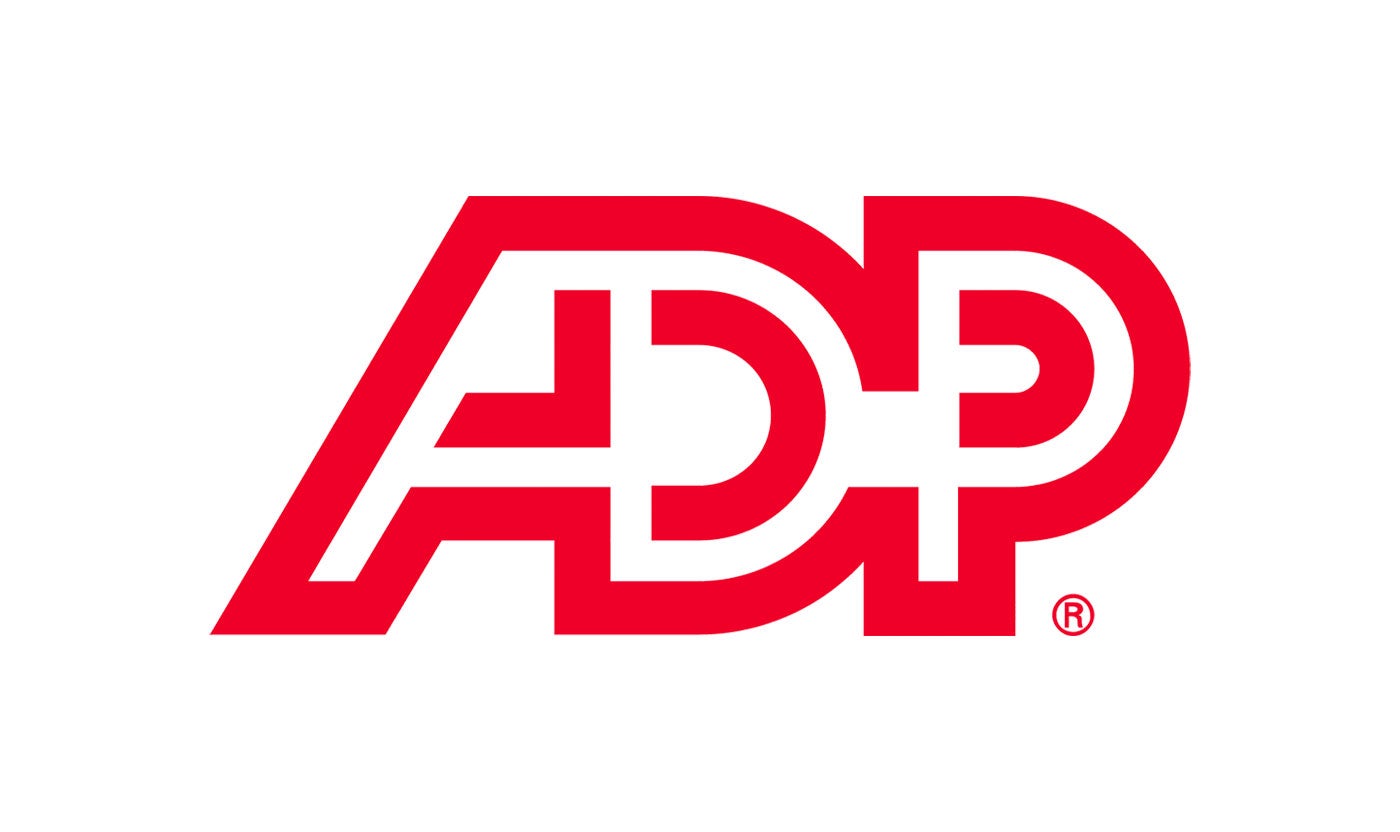
Streamline your tech stack and take advantage of a better user experience and stronger data governance with ADP and iCIMS.
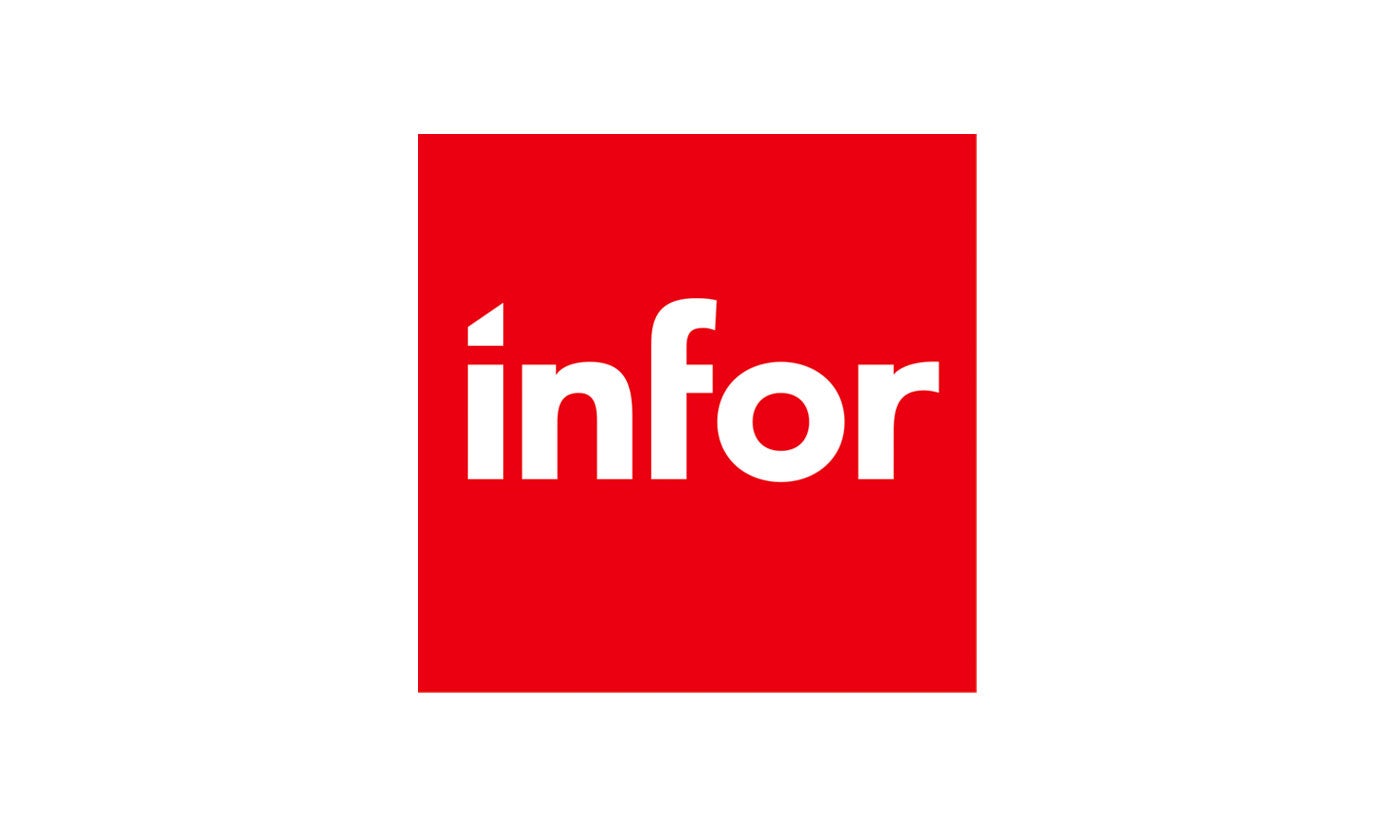
The combined power of iCIMS and Infor helps organizations strategically align their business and talent objectives.
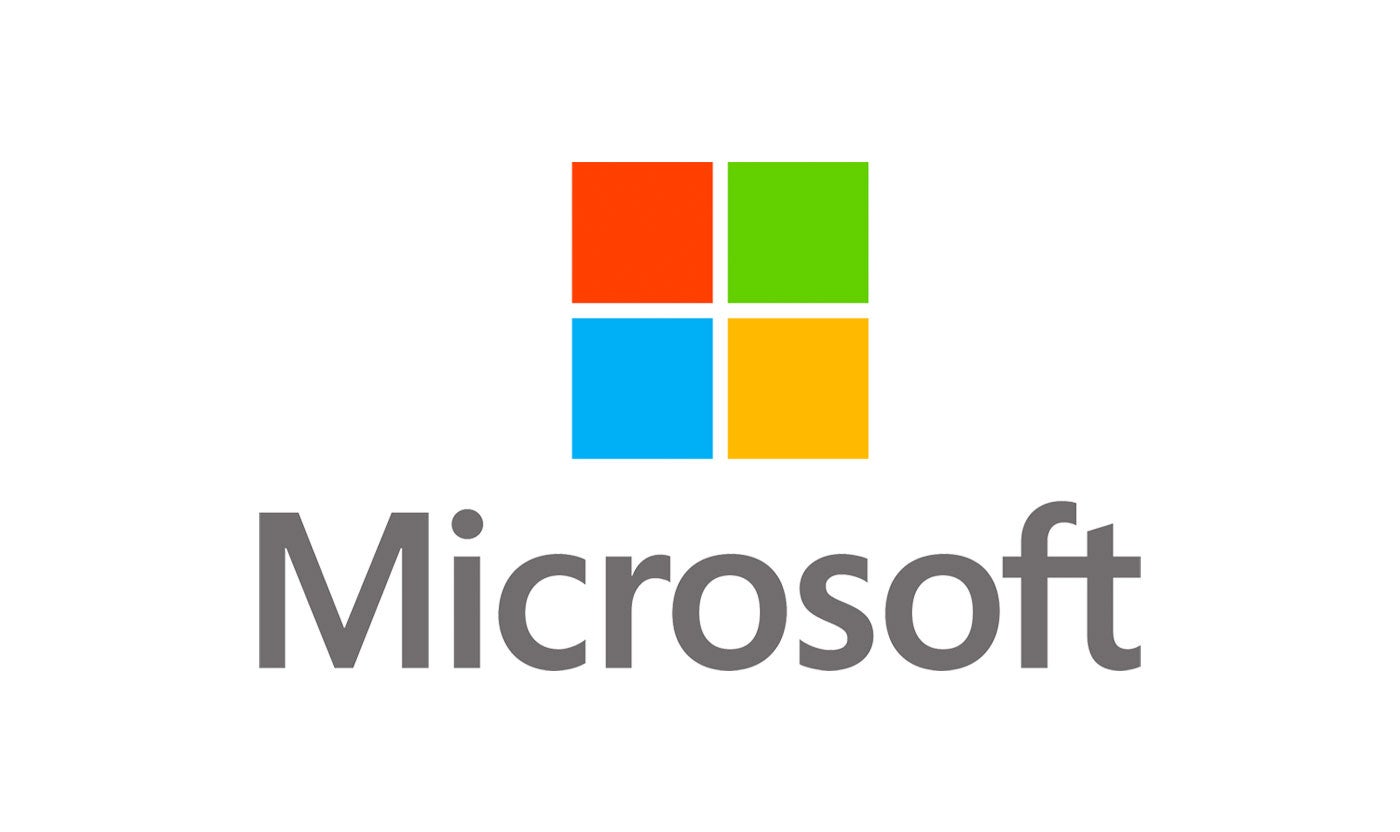
Our award-winning partnership with Microsoft is grounded in a shared desire to transform the workplace and the hiring team experience.
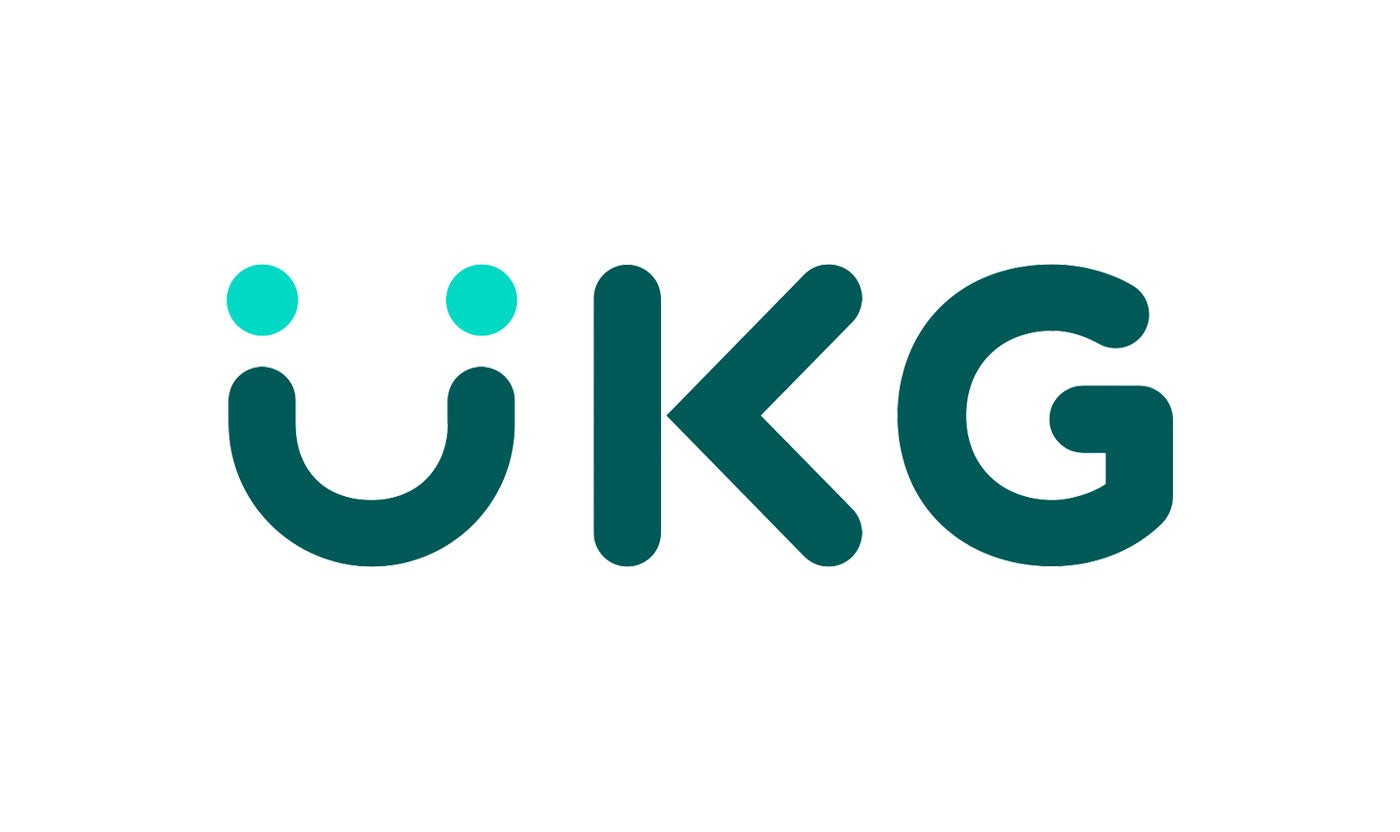
Our partnership with Ultimate Kronos Group (UKG) supports the entire talent lifecycle by bringing frictionless recruiting solutions to UKG Pro Onboarding.

When assessing recruitment as a function, marketing is key in attracting, engaging and hiring top talent. A strong recruitment marketing strategy is the foundation of any recruitment effort working to cement your company’s employer brand, values and culture.
Keep reading to find out how the 5Ps of marketing can be applied to recruitment to create a strong employer brand strategy.
Also known as the marketing mix, the 5Ps are commonly used to understand the different elements that go into a brand strategy and its promotion. The marketing mix is used less commonly in recruitment; however, it is highly relevant when it comes to defining an employer brand and understanding the elements that go into a recruitment marketing strategy.
The 5Ps go as follows- Product, Price, Place, Promotion and People. In recruitment, it would be easy to assume that product is the job, price is the salary, place is the location, promotion is a job board, and people are the candidates. However, as the market for talent evolves, so does the marketing mix. Today, the 5Ps can be used as a way of understanding candidates’ expectations in a competitive job market.
A company’s product is more than what it sells – it is its brand identity and the unique benefits of what it can offer its customers. The same can be said for recruitment marketing. Think of a job like a product, why would a candidate want to work here, and what can you offer that your competitors can’t? This is often referred to as your Employer Value Proposition, or your EVP. Your EVP is the core benefits that you offer your employees, ultimately making up your employer brand.
We are in a world where employees have power, and a job is more than a salary. Does your company offer flexible working? Are you a socially responsible employer? What are your maternity and paternity benefits like? These are all questions that a candidate might ask before considering applying for a role with you.
Price is no longer just about salary; it is about the opportunity and the cost of that opportunity. Cultural environment is more important than ever, and candidates will jump ship for the right role and employer, but the cost of that opportunity is a consideration.
In recent years, there’s been a shift in the employee-employer relationship and candidates have more power than before. Ensuring that the opportunity is worth the payout for a candidate is key.
Traditionally, place would refer to a physical location such as the country or city where a product is being sold. In recruitment marketing, the place isn’t as simple as a physical location. Place encompasses all elements that go into the cultural environment of an organisation. This includes things like how the company operates, the organisational hierarchy and how employees interact with one another. Culture isn’t something that can be created overnight – it develops over time and can make or break your company as a place to work.
When you think about promoting a job opportunity, what’s the first thing that comes to your mind? Job boards. It seems obvious, right? Get the job ad up and wait for the applications to roll in. Well, promoting a job is about more than this today. Product and promotion work hand-in-hand to showcase exactly what you want to get across to your potential candidates. Promotion is all about highlighting that EVP to your candidates, and this is where Candidate.ID comes in.
With marketing automation, you have the ability to attract candidates before they are ready to apply for a role. In a competitive job market, it is imperative to start nurturing candidates early on, promoting those key brand values so that when candidates are ready to apply, your organisation is at the forefront of their mind. Marketing automation technology offers billions of marketing workflows allowing you to set up personalised nurture campaigns tailored to each candidate.
You’ll never hire the best candidates if you don’t attract them to your organisation first.
When putting together a recruitment marketing strategy, it’s easy to assume that the only people to consider are your candidates. However, it’s important to understand the people involved in the process from candidate attraction to engagement to hire. In our digital world of transparency, candidates can find out everything they want to know about an organisation as a place to work. From company review sites to personal social media accounts, your candidates can easily access and consume this information. This means that you need to know exactly how people talk about your organisation. Current and former employees know your strengths and weaknesses, and are a great source to find out how you can improve.
And remember, your silver medalist candidate today might be your gold medalist in a few months’ time. Treat people with respect throughout the recruitment process. Whether a candidate is successful or not, they should continue on their recruitment journey with only positive connotations of you as an employer.
There are no set instructions on creating the perfect recruitment marketing strategy, but the 5Ps are here to help you consider your candidates and their expectations in the world of candidate attraction.
Remember to think about your candidates, culture and employer brand and you’ll be set for success.
Want to know more about how you can discover which candidates are cold, warm and ‘hire-ready’? Download our ebook here.




